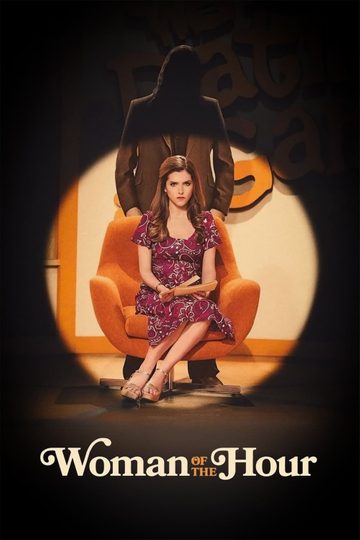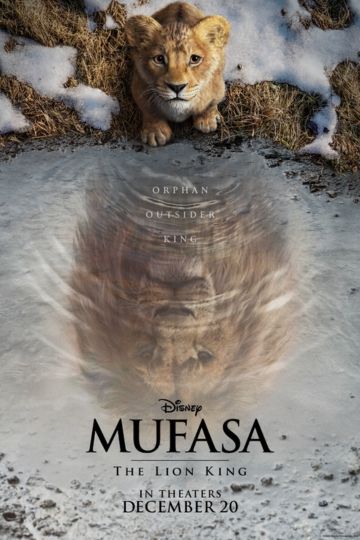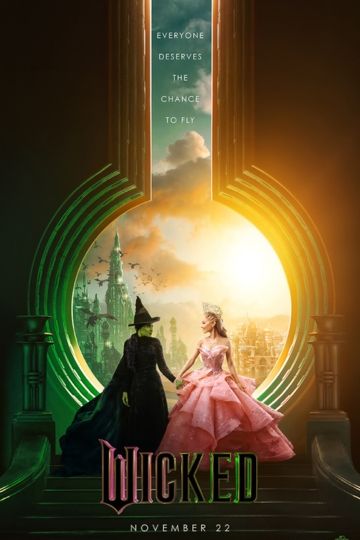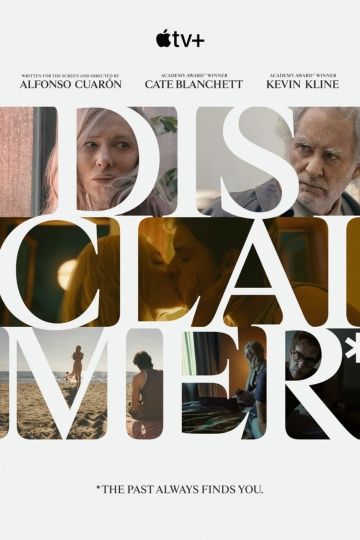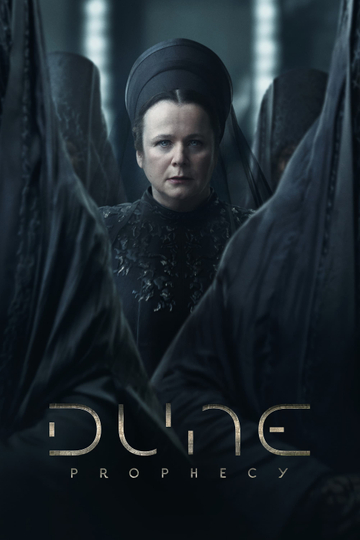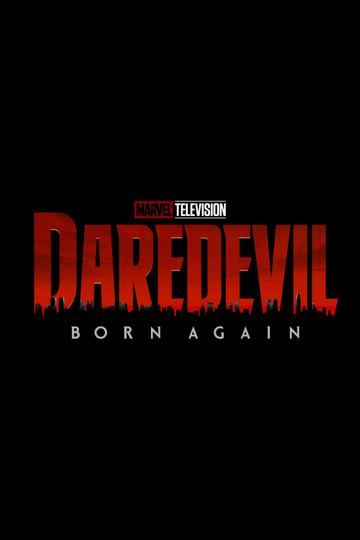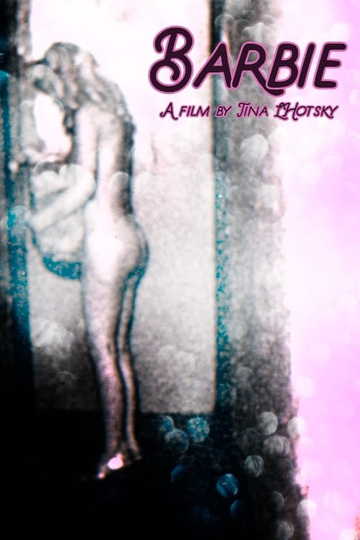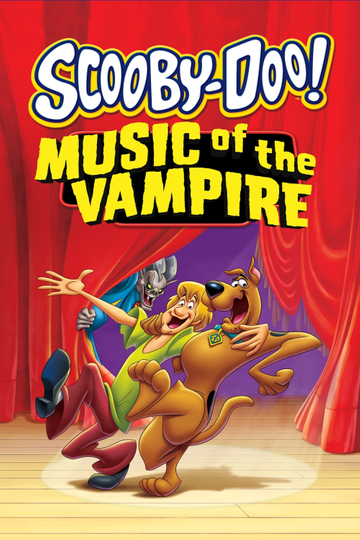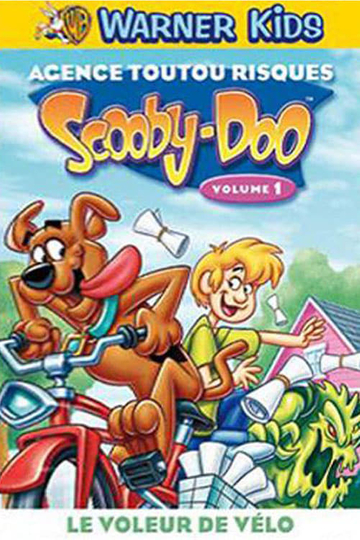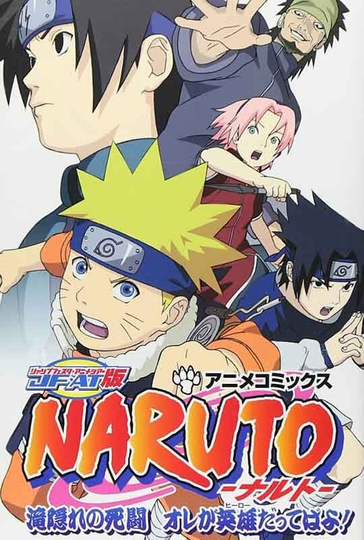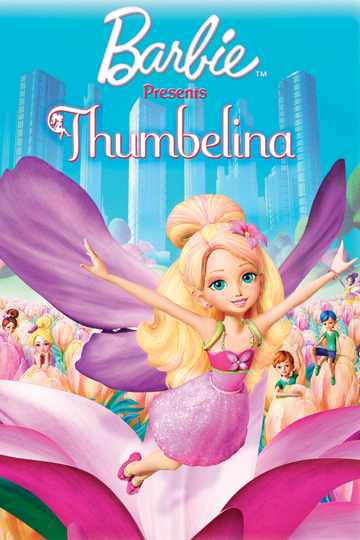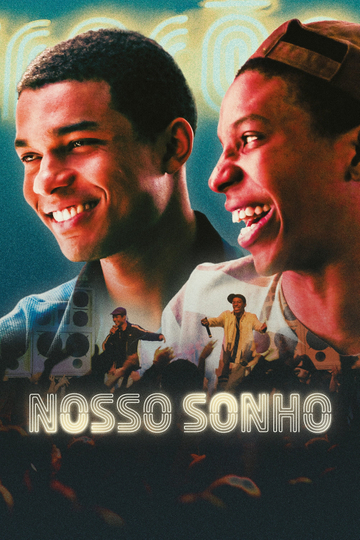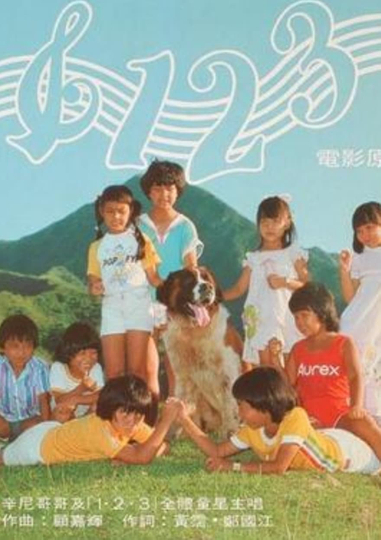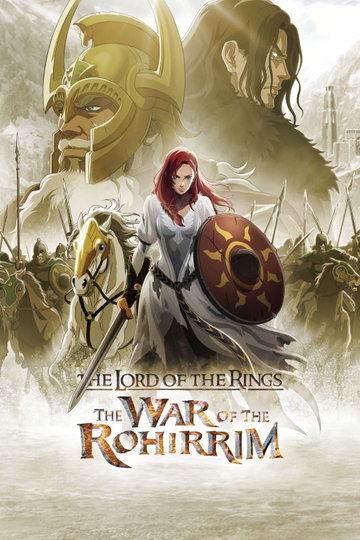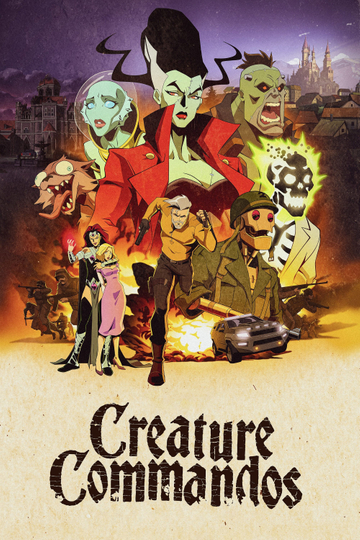Want to behold the glory that is 'Komal Gandhar' in the comfort of your own home? Discovering a streaming service to buy, rent, download, or view the Ritwik Ghatak-directed movie via subscription can be challenging, so we here at Moviefone want to do the work for you.
We've listed a number of streaming and cable services - including rental, purchase, and subscription options - along with the availability of 'Komal Gandhar' on each platform when they are available. Now, before we get into the nitty-gritty of how you can watch 'Komal Gandhar' right now, here are some details about the Chitrakalpa music flick.
Released , 'Komal Gandhar' stars Supriya Choudhury, Abanish Banerjee, Anil Chatterjee, Satindra Bhattacharya The movie has a runtime of about 2 hr 4 min, and received a user score of 57 (out of 100) on TMDb, which assembled reviews from 6 respected users.
Want to know what the movie's about? Here's the plot: "Through the microcosmic perspectivising of a group of devoted and uncompromising IPTA workers, Ghatak with his signature style touches on varied issues of partition, idealism, corruption, the interdependence of art and life, the scope of art, and class-struggle."
'Komal Gandhar' is currently available to rent, purchase, or stream via subscription on Hoichoi .
Partition Trilogy
Ritwik Ghatak was averse to the term “refugee problem”. In one of his interviews, he said, “I have tackled the refugee problem, as you have used the term, not as a ‘refugee’ problem. To me it was the division of a culture, and I was shocked”. This shock would give birth to a trilogy on the Partition – Meghe Dhaka Tara (The Cloud-Capped Star), 1960; Komal Gandhar (E-Flat), 1961; and Subarnarekha (The Golden Thread), 1962. In them, he highlighted the insecurity and anxiety engendered by the homelessness of the refugees of Bengal; tried to convey how Partition struck at the roots of Bengali culture; and sought to express the nostalgia and yearning that many Bengalis felt for their pre-Partition way of life.
Similar Movies
Movie and TV Reviews
Awful ‘Kraven The Hunter’ Ends Sony’s Marvel-Based Film Cycle at Last. The soulless, insipid ‘Kraven...
Timothée Chalamet Captures the Mystic of Bob Dylan in 'A Complete Unknown'. Director James Mangold delivers...
‘The Lord of the Rings: The War of the Rohirrim’ Mixes Anime With Tolkien to Mostly Successful Results....
‘Star Wars: Skeleton Crew’ Brings an Amblin Movie Feel to that Galaxy Far, Far Away. A roguish Jude...
‘Creature Commandos’ Kicks off James Gunn’s DC Universe in Violent, Funny, Wild Style. Gunn brings...
A Poignant Daniel Craig Can’t Help ‘Queer’ From Wandering Off Course. ‘Queer’ stars Daniel...
‘Moana 2’ Is A Fun Sequel But Doesn’t Replicate the Magic of the Original. Auli’i Cravalho and...
‘Flow’ is a Beautiful, Meaningful Animated Adventure Featuring a Brave Feline. Co-written and directed...
‘Wicked’ Defies Gravity to Bring the Stage Musical to Screens With Resounding Success
...

